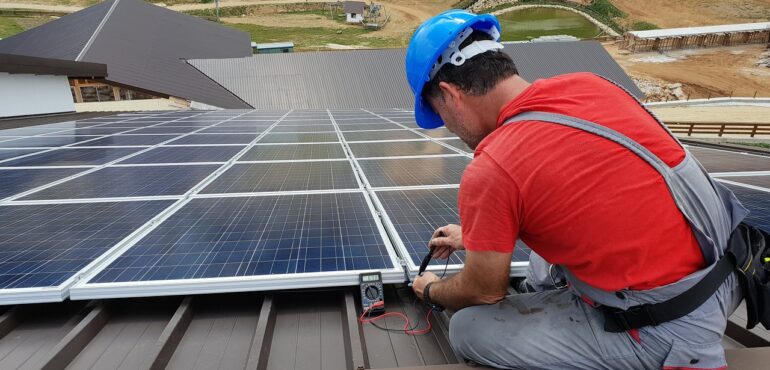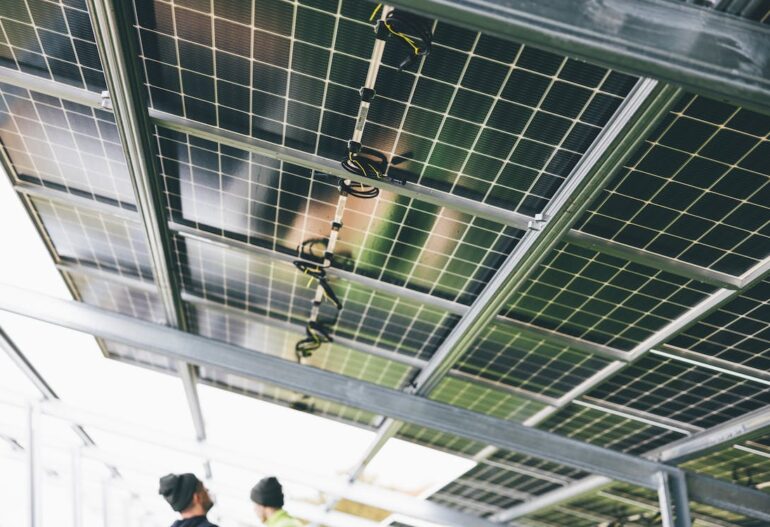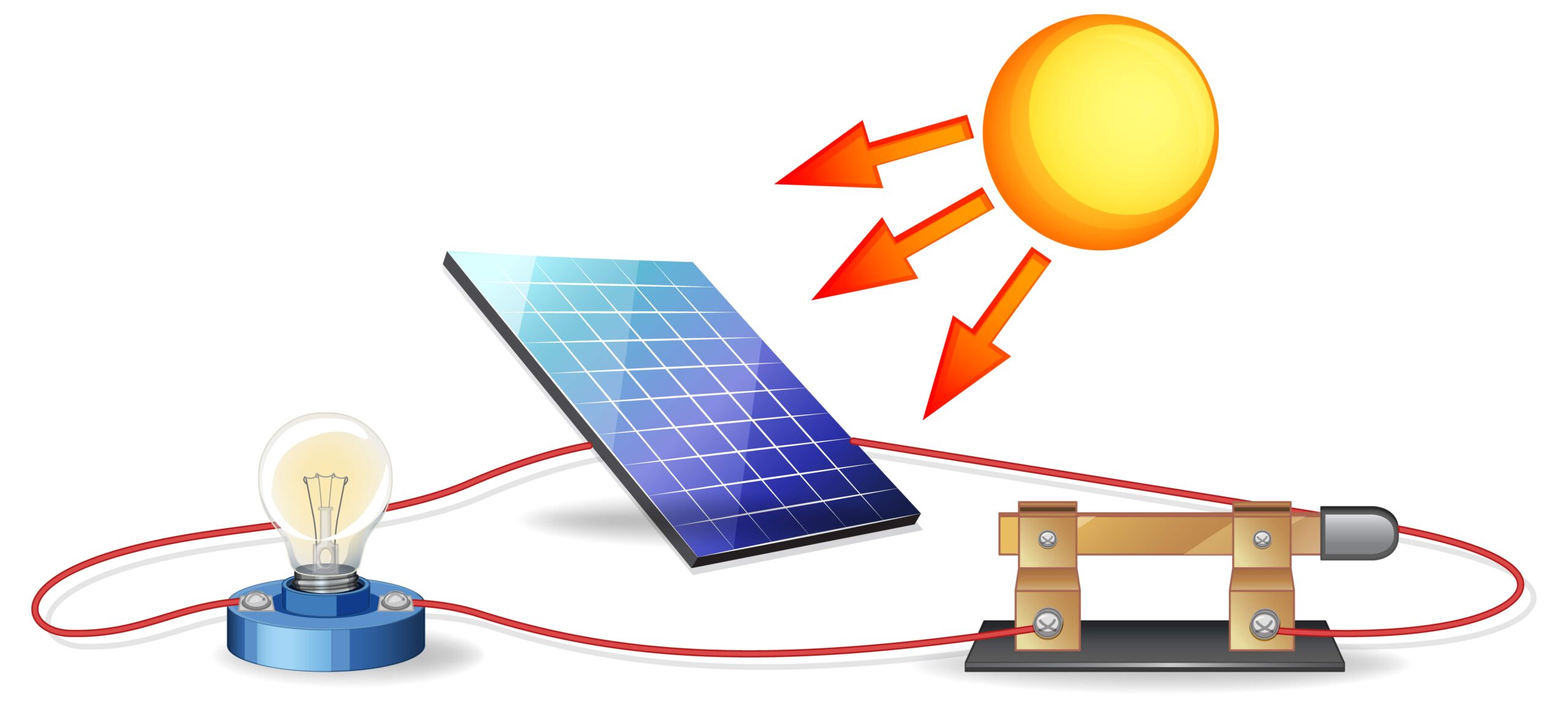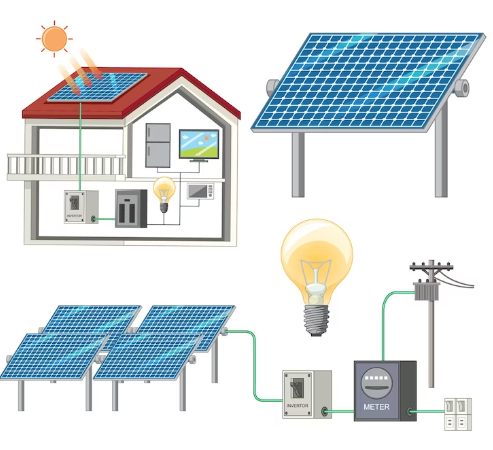Step By Step Guide for Solar Panel Installation and Mantainace in India
Solar panels have emerged as a versatile source of energy and as a prominent solution to meet the growing energy demands while reducing carbon emissions. It caters to a wide range of installation sizes, from individual homes to large-scale power plants. In India, the adoption of rooftop solar installations by individual families has gained significant momentum. India, with its abundant sunlight throughout the year, holds immense potential for harnessing solar energy.
This comprehensive guide aims to provide you with a clear understanding of the installation process for solar panels and the necessary steps to maintain them effectively. Whether you are an individual homeowner looking for a solar setup for home, a business owner interested in the benefits of solar power, or an organization interested in adopting solar energy, this guide will equip you with the knowledge required to make informed decisions.
Things to Know Before Installing Solar Panels in India
Before embarking on the solar journey, there are a few crucial things to know that will help to make informed decisions and ensure a successful installation. In this blog post, let’s explore key factors to consider before installing solar panels in India.
- Electricity used on a daily basis: First and foremost step is to evaluate your current energy consumption. Understand how much electricity is used on a daily, monthly, and annual basis. This information will help determine the size of the solar system you need to meet your energy requirements effectively. Also, it is advisable to crop-check the average energy consumption monthly as well as for the last 12 months.
- Site inspection: The conditions and suitability play a crucial role in solar panel installation. Conduct an inspection of the site where the solar panels are to be installed. Consider factors such as shading from nearby buildings or trees that may impact the solar panel’s performance.
- Choose a reputable solar installer: Selecting the right solar installer is crucial for a successful installation. Research and compare different installers, considering their experience, certifications, and customer reviews. A professional installer will guide you through the entire process, from system design to obtaining permits and connecting to the grid.

- Budget considerations: Determine your budget and explore available financing options. Calculate the return on investment (ROI) and payback period based on the cost of installation, potential savings on electricity bills, and available incentives. Consider long-term financial benefits, such as reduced electricity costs and increased property value.
- A good storage solution: The next crucial step is to consider the integration of a dependable storage unit – the solar battery. Solar power generation is dependent on the presence of abundant sunlight and is limited during overcast or rainy conditions. Therefore, it becomes imperative to effectively store the generated power for later consumption. This is where the significance of a solar battery comes into play.
- Maintenance and service: Solar panels require regular maintenance to ensure optimal performance and longevity. Understand the maintenance requirements, including cleaning, inspection, and potential component replacements.
- Regulations and permits: Research local regulations and obtain the necessary permits for solar panel installation. Adhering to these regulations will ensure a smooth installation process and compliance with safety standards.
By considering these crucial factors before embarking on your solar journey, you can make informed decisions and maximize the benefits of solar energy.
Solar panels installation Process
Solar panel installation is a rewarding investment that offers numerous benefits, including reduced electricity costs and a cleaner environment. Solar panels have the versatility to cater to both residential and commercial power needs. Whether it’s for a home or a business, photovoltaic panels (PV Solar Systems) are strategically installed on rooftops to maximize sunlight absorption and generate ample power.
The step-by-step process of installing solar panels and connecting them to batteries for efficient energy storage are:
1. Choose High-Quality Solar Panels and Mounting Equipment: The first step is to select high-quality solar panels and necessary mounting equipment. It is essential to research reputable solar panel brands and consult with professionals to determine the right size and wattage for your system.
2. Install Mounting Brackets: The next step is to install mounting brackets on your roof which will be the base and support for the solar panels. Ensure proper alignment and secure attachment to provide a sturdy foundation for your solar panels. A lot of thought is given to the direction in which the PV solar panels will be installed. Ensure the panels are properly angled to optimize sunlight absorption.

3. Installation of the Solar Panel: Now, the solar panels have to be secured to the mounting structure with the help of nuts and bolts. A lot of care is taken in order to secure the entire structure properly in order for it to last long.
4. Electrical wiring: After the solar panel installation, the next important step is to do the electrical wiring. Connect the solar panels in either a series or parallel configuration, depending on the desired voltage and current output. Series connection increases voltage, while parallel connection increases current. Make sure to consult with professionals for guidance on the optimal configuration for the system.
5. Install Solar Inverter: The system now needs to be connected to an inverter. Install a solar inverter to convert the direct current (DC) produced by the solar panels into usable alternating current (AC) for your home or business. Ensure the inverter is positioned in a well-ventilated area.

6. Connecting Solar Panels to Batteries: Now connect the solar inverter and the solar battery. The battery’s positive terminal is linked to the positive terminal of the inverter, and the negative terminal is connected to the negative terminal of the inverter. In an off-grid solar system, a battery is essential for storing electrical backup power. For this:
- Choose the right solar battery.
- Install Batteries and Battery Charge Controller.
- Connect Solar Panels to Battery Charge Controller
- Connect Battery Bank to Inverter
7. Connect the Solar inverter to the grid: The inverter must now be connected to the grid. To make this connection, a normal plug is used to connect to the main power switchboard. An output wire is connected to an electric board that supplies electricity to the home.
8. Start the solar inverter: Once all of the above steps are completed, turn on the main switch. Most of the investors digitally display the generation and usage of the solar unit.

Following these step-by-step instructions helps in completing the solar panel installation process, and connecting them to batteries for efficient energy storage.
Solar Panel Maintenance
To ensure the longevity and optimal performance of your solar panel system, regular solar panel maintenance is essential. Dirt, debris, dust, and other items can dirty solar panels and it can start to impact the amount of energy that the solar panels produce. Below are some tips to maintain the solar panels:
1. Regular Cleaning: Regularly clean the surface of the solar panels to remove dust, dirt, leaves, and other debris that may accumulate over time. Use a soft brush or a sponge with water to gently scrub the panels. Do not use harsh chemicals that could harm the protective coating.

2. Make sure solar panels are not in the shade: Check for any shading issues as it may affect the performance of your solar panels. Remove any obstacles that cast shadows on the panels. Even partial shading can significantly reduce energy production, so ensuring unobstructed sunlight exposure is crucial.
3. Damage inspection: Make sure that you identify any signs of damage on the panels. Look for cracks, chips, or other physical defects that may affect their efficiency. Always check the frames, connectors, and wiring for any loose or damaged components. If you notice any issues, contact a professional for further evaluation and repair.
4. Monitor energy production: Always keep track of the energy production of the solar panel systems. By regularly reviewing the energy production data, any significant drops in performance can be identified.
5. Check electrical connections: Loose or damaged connections can affect the system’s efficiency and may pose safety risks. If you are not familiar with electrical work, it is recommended to seek assistance from a qualified professional.
6. Schedule Professional Inspections: Schedule periodic professional inspections by certified solar panel technicians. They can conduct thorough inspections, identify any potential issues, and perform necessary maintenance tasks.
Regular maintenance is essential to keep your solar panels operating at their best. By following these maintenance tips, you can maximize the efficiency and lifespan of your solar panel system.
Choosing the right installer for your solar system is vital for a successful and hassle-free experience. By researching local installers one can find a reputable installer who will design and install a high-quality solar system tailored to your needs.
FAQs
The cost of a solar system installation in India can vary depending on factors such as the capacity of the system and the type of panels used. On average, it can range from INR 50,000 to INR 70,000 per kilowatt.
Yes, it is possible to install a solar panel yourself if you have the necessary knowledge, skills, and tools. However, it is recommended to consult with professionals to ensure a safe and efficient installation.
The best place to install solar panels is where they can receive maximum sunlight exposure throughout the day, typically on rooftops or open areas free from shading or obstructions, facing south (in the Northern Hemisphere) or north (in the Southern Hemisphere).
The amount of space needed for a solar panel installation depends on the capacity of the system and the type of panels used. On average, solar panel installation cost range from 100-200 square feet per kilowatt of installed capacity.
The time required to install solar panels can vary depending on the size and complexity of the installation. On average, it can take anywhere from a few days to a few weeks to complete the installation process.

Ileen Kaur (Author)
Ileen Kaur is an exceptional content writer, bringing her expertise and creativity to the digital realm. With a passion for storytelling and a knack for crafting compelling narratives, she has the power to captivate audiences and leave a lasting impression.


